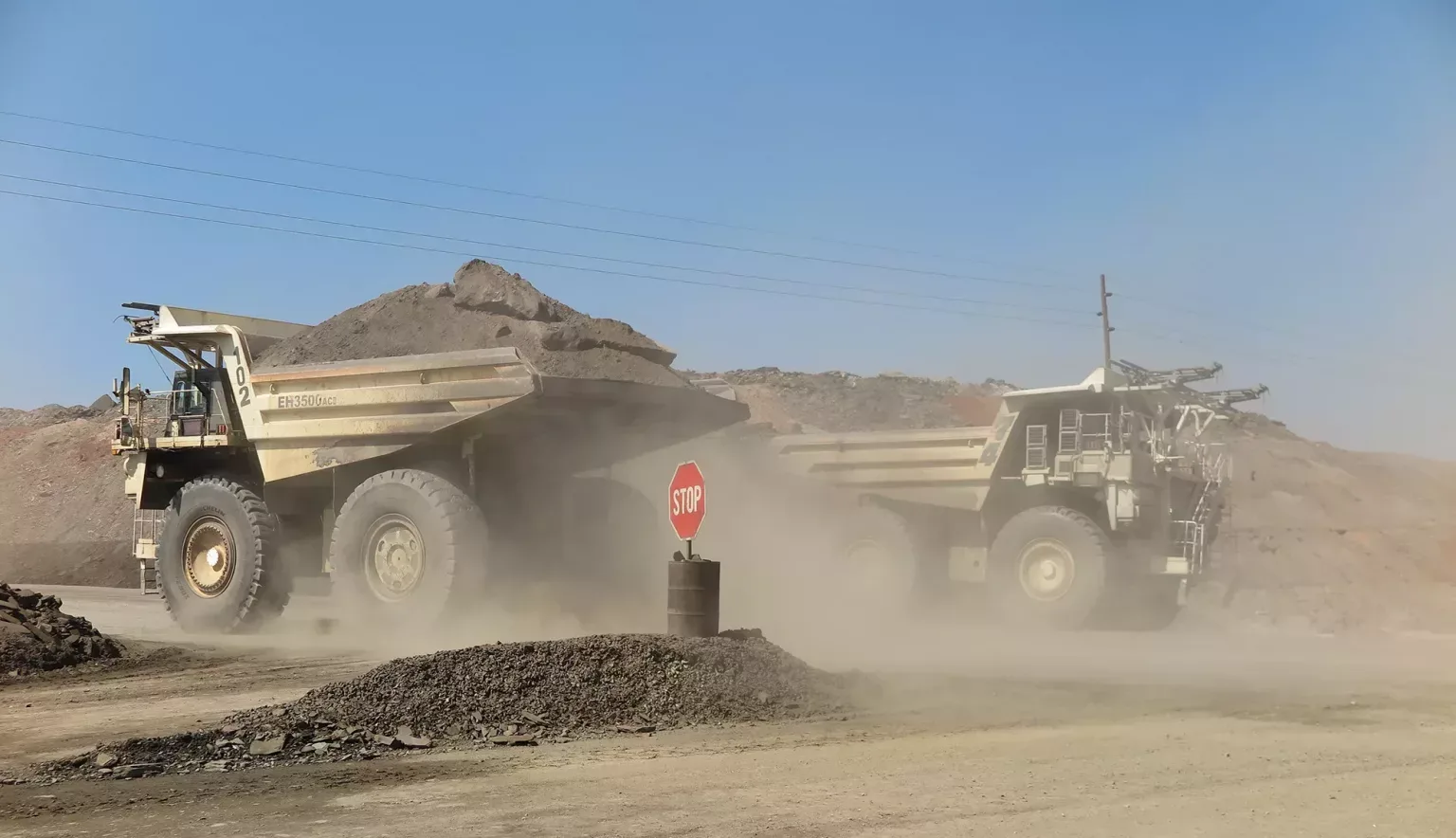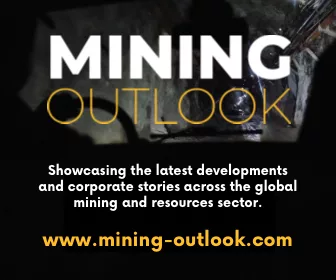As Africa’s second largest producer of copper, mining is a staple of the Zambian economy. We speak with Zambia Chamber of Mines (ZCM) about an industry on the cusp of prosperity in the face of worldwide copper demand.
- INTRODUCTION
- INTERVIEW: ZAMBIA CHAMBER OF MINES (ZCM)
- Can you talk me through the origins of ZCM, how it came about, and its initial vision?
- Since inception, how has ZCM developed and progressed in terms of its key objectives and the messages it tries to get across?
- What do you find most exciting about Zambia’s mining industry?
- On the flip side, what are its biggest challenges?
- Have you got any projects in the pipeline you wish to highlight?
- How do you see ZCM developing over the next five years?
- Are you optimistic about the future of mining in Zambia?
INTRODUCTION
Mining has long been the lifeblood of the Zambian economy. The extractive sector contributes approximately 10 percent to the national GDP. And today, the industry is faced with some of the most favourable market conditions in its history, thanks to an exceedingly high demand profile for its primary resource – copper.
The sector has been carried on a promising trajectory since the privatisation of Zambia’s mines in the late 1990s, despite initially triggering an unprecedented economic crisis throughout the Copperbelt. This has largely been due to the conditions of the global copper market and the transition to electric mobility across the world. This has significantly boosted copper production, since electric vehicles (EVs) require more copper than tradition internal combustion engines.
As a result, in 2020, Zambia recorded a historically high level of copper production, with an output of 882,061 tonnes of copper.
Whilst seemingly good news for the industry, Zambia’s tax regime means that mining stakeholders today face significantly higher royalty bills as a reflection of the heightened prices for copper.
Despite historic fractures between the mining industry and government policy, the sector is being paid due diligence in terms of its recognition as an economic staple and the country’s most significant productive industry. In recent weeks, an announcement has been made declaring that mineral royalty taxes will become a deductible expense. This significant move will be a boon for the industry and only increase the attraction behind Zambia as an investment destination.
Now, players across the copper mining industry endeavour to reach the two-million-tonne medium-term goal. For this to happen, the industry requires more stable mining policy and a tax regime that will make the cost of capital affordable and secure the confidences of global markets, foreign and local investors.

“We have never seen this kind of demand profile for copper – it’s a once in a century opportunity”
Sokwani Chilembo, CEO, ZCM
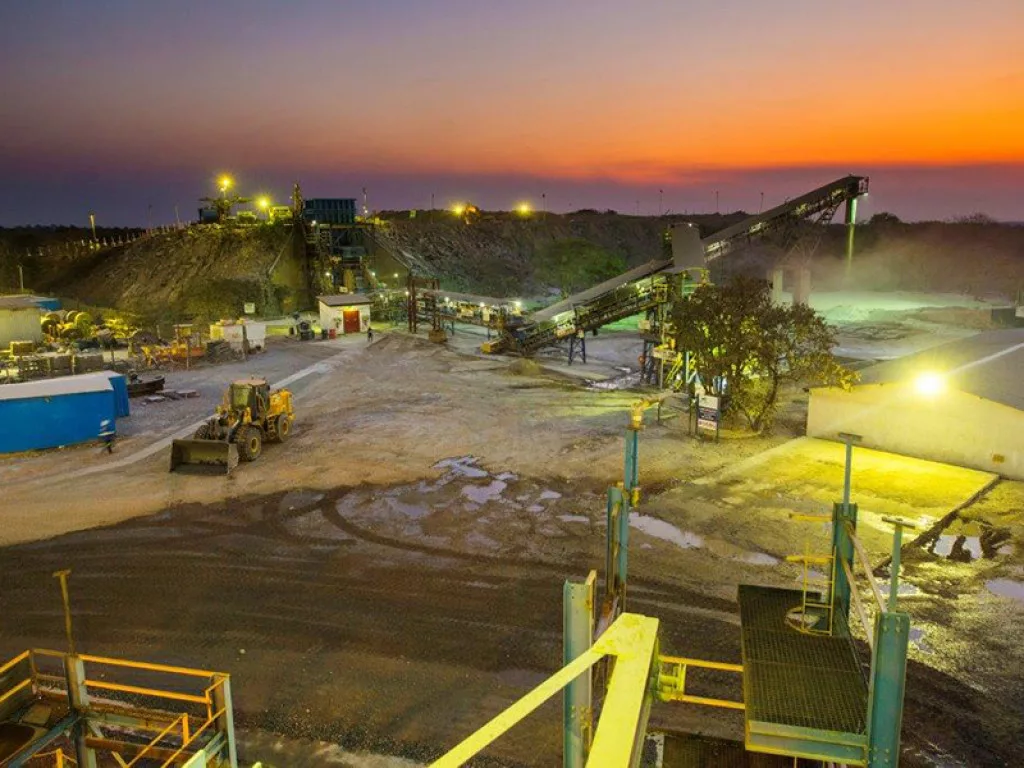
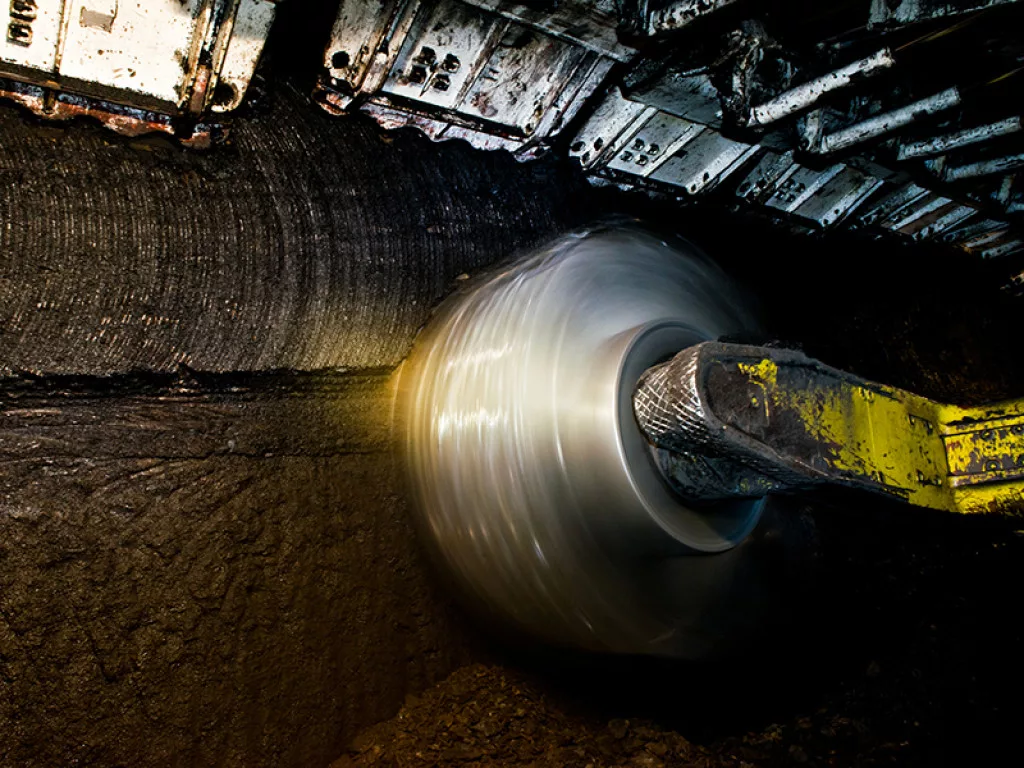
INTERVIEW: ZAMBIA CHAMBER OF MINES (ZCM)
ZCM is the official association advancing Zambia’s mining industry. Advocating a future for responsible mining, CEO Sokwani Chilembo tells us more about the chamber’s vision.
Promoting a sustainable future for mining, ZCM’s membership encompasses mining and allied companies of all sizes across the country. We discuss ongoing challenges and take a look at what’s ahead with CEO at ZCM, Sokwani Chilembo.
Can you talk me through the origins of ZCM, how it came about, and its initial vision?
Sokwani Chilembo, CEO (SC): The Chamber was formed in 1942 when the scale of Zambia’s copper endowment first became apparent. The operators that were here at the time decided to form the Chamber so that they had a platform to engage with the government of the day.
The Chamber continued to exist all the way until 1973, when the mines were nationalised. It was then reconstituted in 2000, after enough players re-entered the market for it to make sense. It’s made up of the major copper mining players and strategic suppliers to the industry, such as energy distributors on the Copperbelt and other large suppliers of key input. Our membership makeup also includes OEM representatives and other suppliers to the industry.
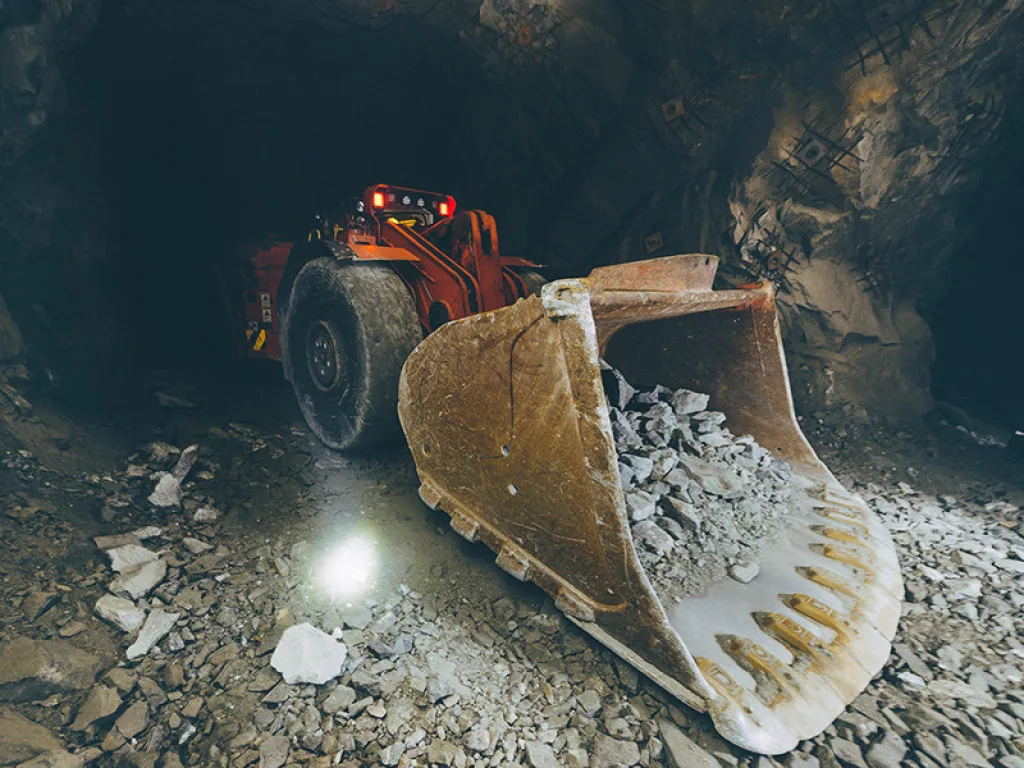
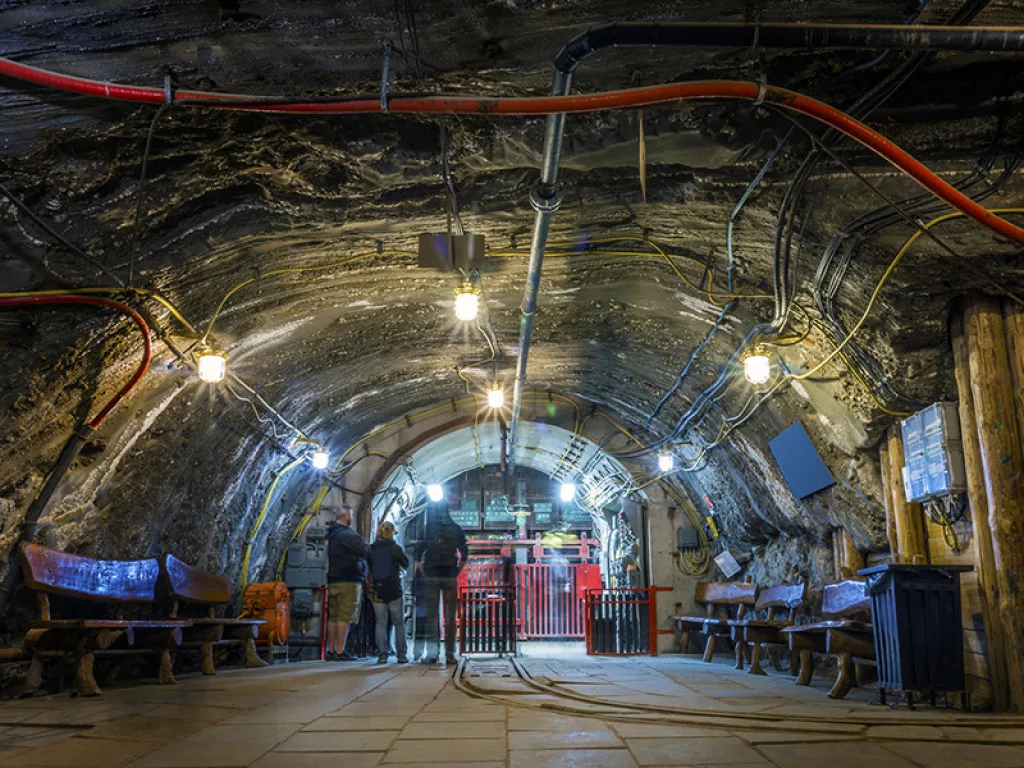
Since inception, how has ZCM developed and progressed in terms of its key objectives and the messages it tries to get across?
SC: Now, in addition to the messages that we put across, we also administer other functions. These include rescue services and emergency and disaster preparedness, which we coordinate across the industry. It’s a voluntary service but the training aspect is managed by a competitive league. The winner of this league process gets to attend the International Mines Rescue Competition which takes place annually in different locations around the world. We also coordinate the first aid training process within the industry, and these are initiatives that have grown in recent years.
We also host events and various conferences. Before COVID-19, these had become more regional in character. Although the pandemic did throw us off a bit, this side of the Chamber is now progressing quite well again. For example, eight weeks ago we held our mine rescue awards in Livingstone, and this was attended by our colleagues in Botswana.
Finally, policy advocacy is a big part of the Chamber’s role. We advocate for responsible mining, whereby all stakeholders seek mutual benefits for everybody involved, including the host community and hosting business associations, whilst protecting the immediate vicinity of the mine and restoring it as closely as possible to its pre-mining state. The area where we encounter our main challenges is with enforcing stable policies around responsible mining. The existing policies have made it difficult for the industry to grow, so this is where our focus has been for the past few years.
What do you find most exciting about Zambia’s mining industry?
SC: The most exciting thing is where we are right now. We have never seen this kind of demand profile for copper – it’s a once in a century opportunity.
It is a chance to use these great prices to turnaround the industry, and get it back to where it’s supposed to be. For us, this means producing 1.5 million tonnes per annum in the next five years, two million tonnes by 2030, and three million tonnes by 2035.
“We are heavily involved in the environmental protection fund and want to progress the country into a leader in responsible mining”
Sokwani Chilembo, CEO, ZCM
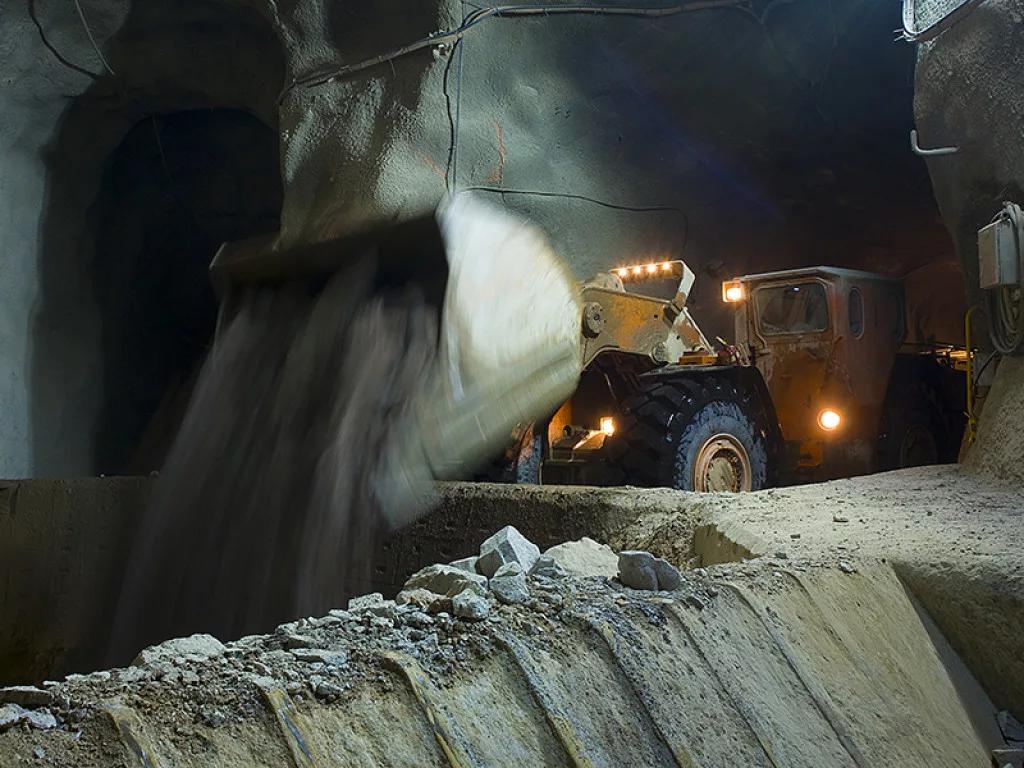
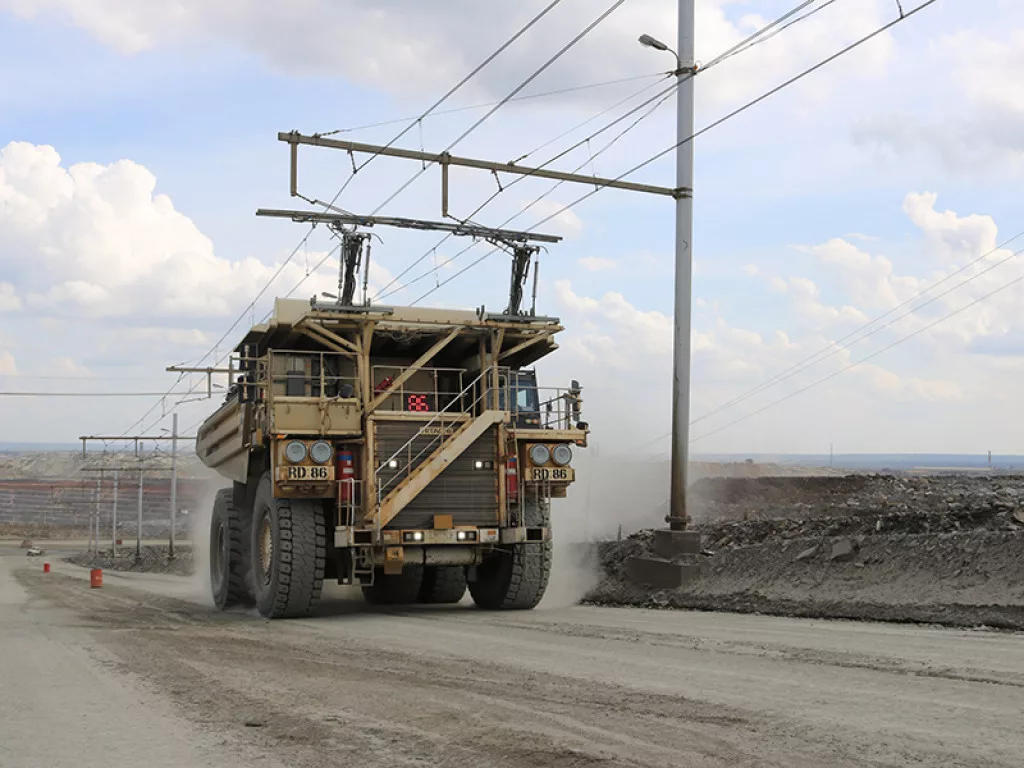
On the flip side, what are its biggest challenges?
SC: It’s the cost of installation, as the mining industry sits in a very high-cost arena. There are a lot of duplicated initiatives that we find ourselves contributing to, like national health insurance, or national skills development plans, when we have our own initiatives that we are invested in.
There are issues around the escalation of municipal rates, and the power outlook is another key concern. We also have the very high cost of capital here, because of the risk premium, which we hope will go down with the way that the government is approaching things.
Have you got any projects in the pipeline you wish to highlight?
SC: As an industry we have projects which have been in limbo and are now being reviewed. This includes the expansion of Kansanshi’s smelting capacity, and the extension of its mines.
Within the Chamber itself, it has been a couple of years without having our conferences, but next year we are excited to roll out our CSR conference at the beginning of Q2 and the Zambia Investment Mining and Energy Conference. We’re hoping that with the way COVID-19 is evolving with vaccinations that we will be able to make these things happen.
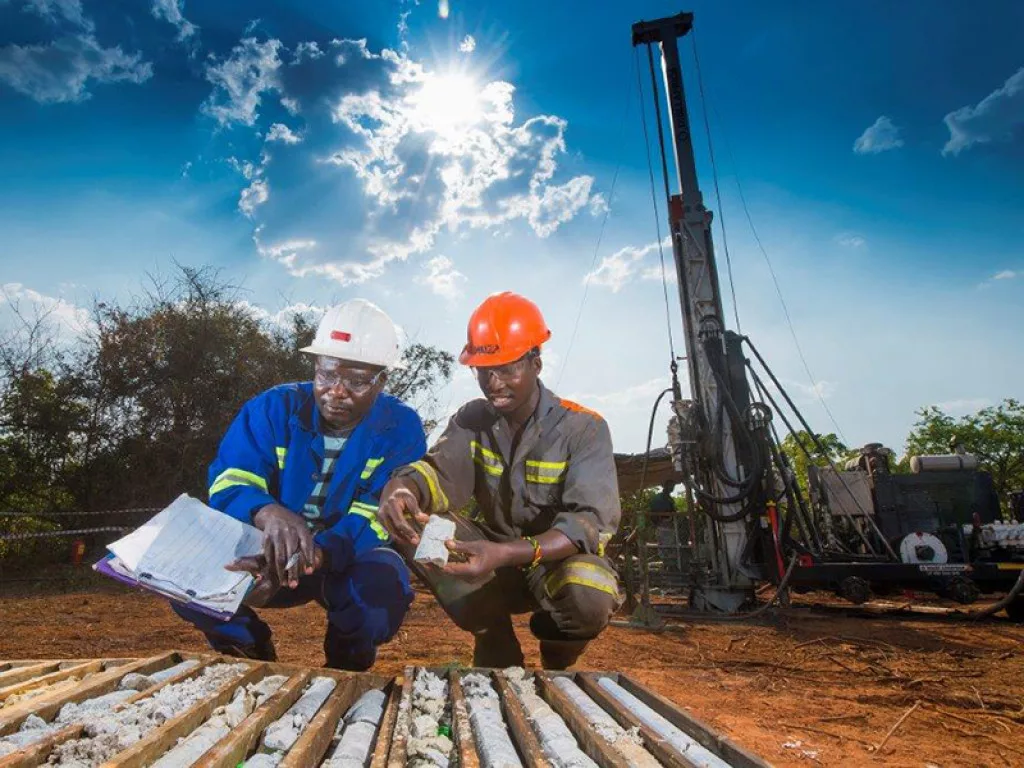
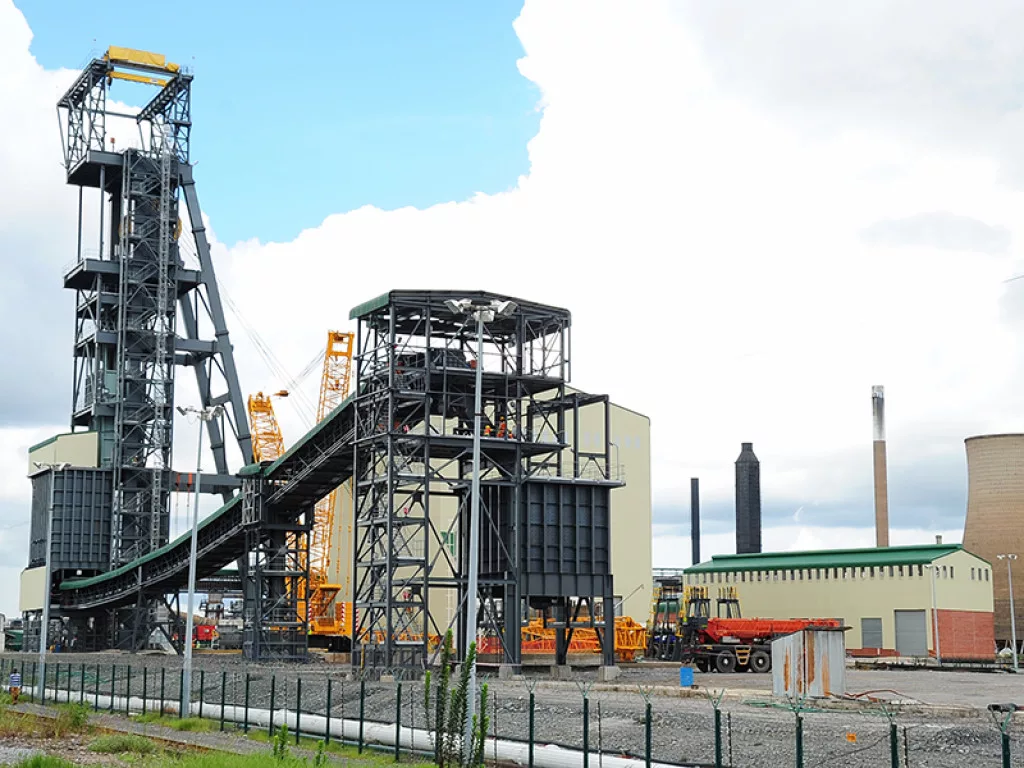
How do you see ZCM developing over the next five years?
SC: We definitely want to grow our numbers. There is a lot of activity in minerals and copper, so we hope to grow copper volumes and bring on board major operators in manganese and other minerals.
We will continue to promote safety, health and environmental practices for all key players in the sector to use within their own operations and to pass on to their contractors. Health and safety are priority number one in everything that we do so that will definitely remain a key focus.
We also want to become a centre of excellence in mine rescue and safety, health and the environment as well. We are heavily involved in the environmental protection fund and want to progress the country into a leader in responsible mining.
Are you optimistic about the future of mining in Zambia?
SC: Yes, we are. The new government is beginning to enforce policy that is in alignment with what the industry has been seeking for such a long time. Our geological endowment is looking very promising as well so it’s an exciting time and we cannot help but be upbeat.
There is a lot of work that needs to be done to bring us to where we’d like to be but we’re pretty sure that anybody who comes along for the ride will not regret coming to Zambia for the next five to 10 years. There has never been a better time to come here.



